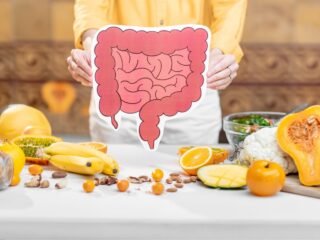Understanding DSD
The issue of differences in sex development (DSD) has gained attention recently. Due to headlines involving two women Olympic boxers who failed gender eligibility tests.
Last year, Algeria’s Imane Khelif was disqualified. Just hours before her gold-medal bout at the women’s World Championships in New Delhi.
She didn’t meet the International Boxing Association’s (IBA) criteria. Which blocks athletes with male XY chromosomes from competing in women’s events. Similarly, Taiwan’s double-world champion Lin Yu-ting lost her bronze medal at the same competition for the same reason.
Despite these disqualifications, the International Olympic Committee (IOC) defended its decision to allow the two boxers to compete in the Paris 2024 Olympics.
The IBA was stripped of its recognition by the IOC last year due to governance and finance issues. Prompting the Olympic body to manage the boxing competition in Paris itself and permit both women to participate.
What is Differences in Sex Development?
The term “differences in sex development,” or DSD, refers to a variety of conditions involving genes, hormones, and reproductive organs, including genitals. The NHS describes DSD as a “group of rare conditions involving genes, hormones and reproductive organs, including genitals” which “means a person’s sex development is different to most other people’s.”
Individuals with DSD can have sex chromosomes generally linked with being female (XX chromosomes) or usually associated with being male (XY chromosomes), yet their reproductive organs and genitals may look different. The NHS explains, “A person may have a womb and may also have testicles inside their body. Sometimes the testicles might not work properly.”
Some people with a very rare type of DSD have both ovarian and testicular tissue (sometimes one ovary and one testis). Their genitals may appear female or male, or could look different from either. It is important to understand that “it is impossible to state everyone with a Y chromosome is a male and everyone with an X chromosome is a female.”
When Do Differences in Sex Development Emerge?
People generally discover they have a difference in sex development either at birth or during their teenage years. The physical characteristics of DSD can vary greatly, and sometimes the differences are not noticeable until puberty.
Can a Woman with an XY Chromosome (DSD) Have Periods and Children?
The ability of women with XY chromosomes to have periods and children depends on their specific condition. Approximately half of these women do not have a uterus, so they cannot carry a child through pregnancy. The other half may have a uterus but do not produce eggs, which means they would not have periods unless they are given sex hormones.
Read Also – Paris Olympics 2024: What Olympic Athletes Eat to Have All That Energy Post
The recent cases of Olympic boxers have highlighted the complexities and challenges faced by individuals with differences in sex development. Understanding DSD is crucial for fostering acceptance and creating fair policies in sports and other areas of life.







